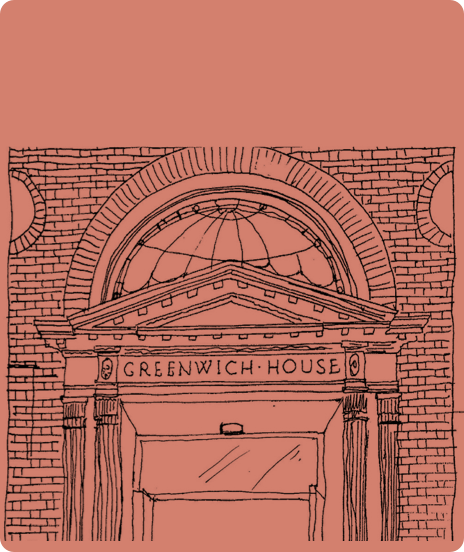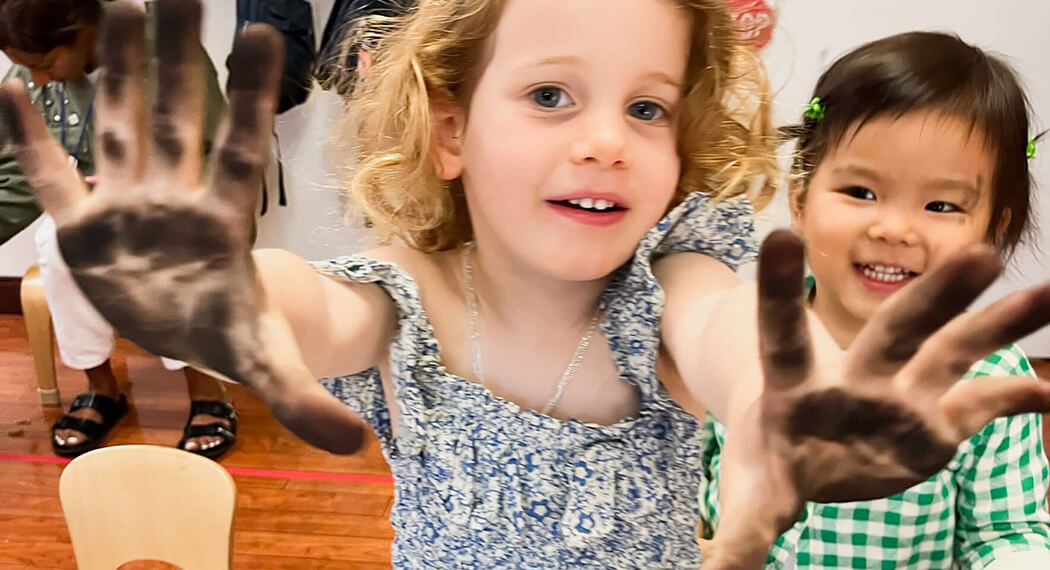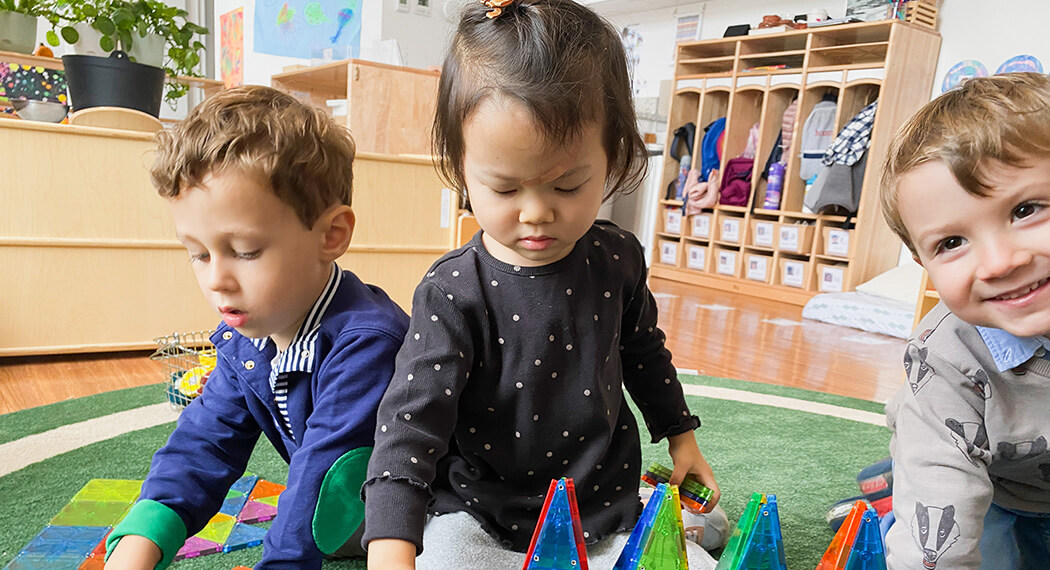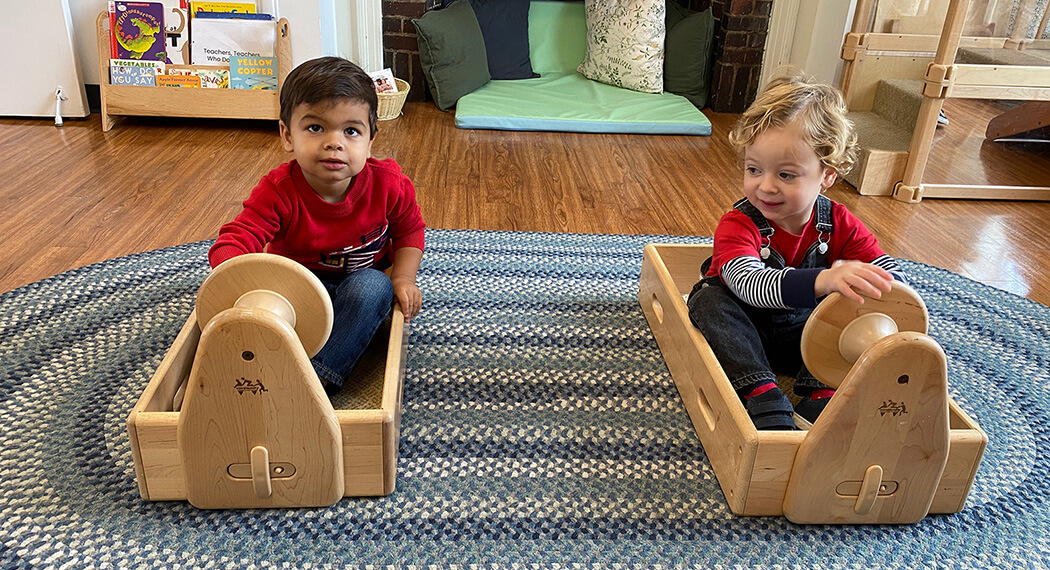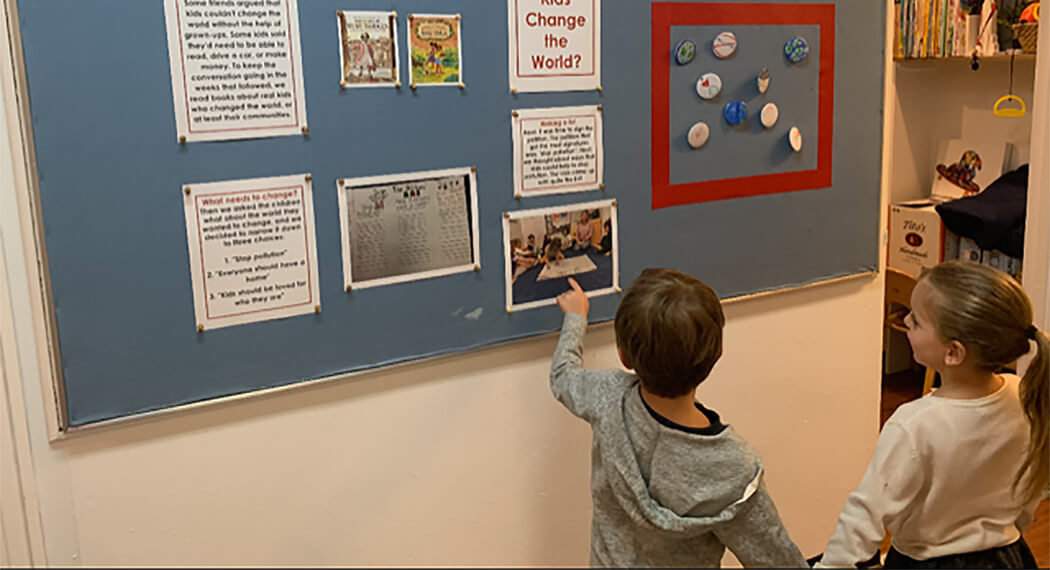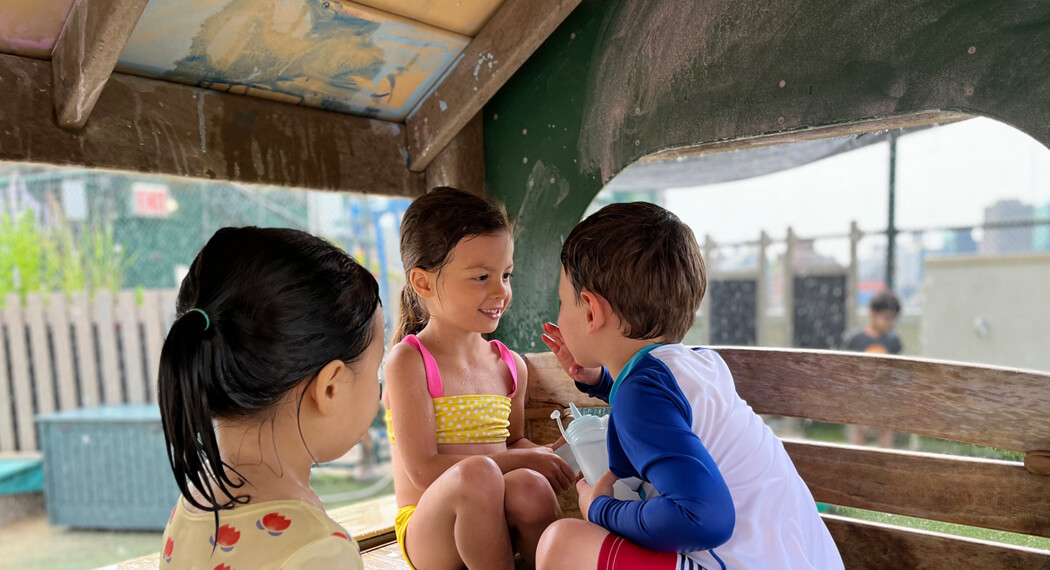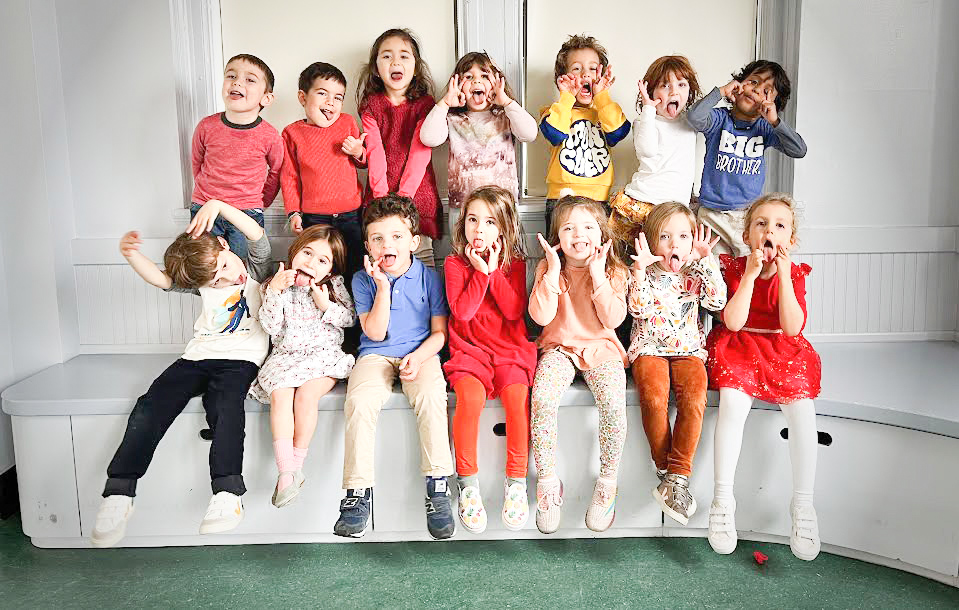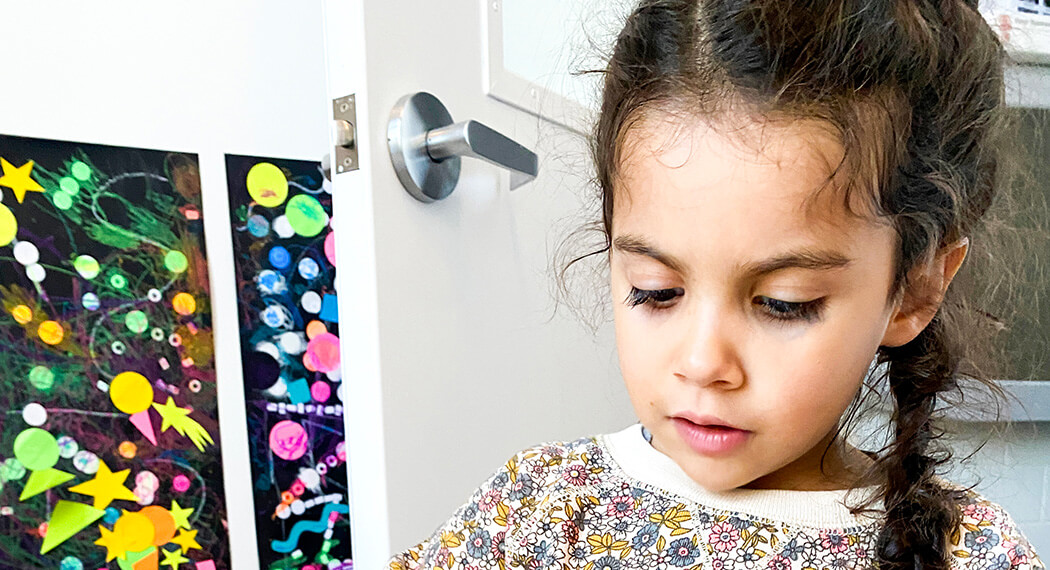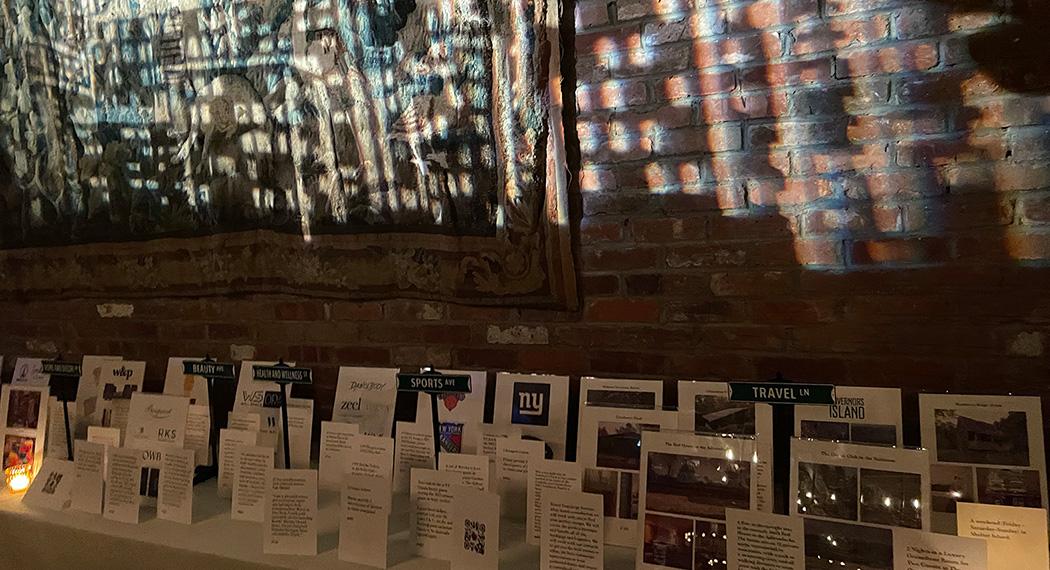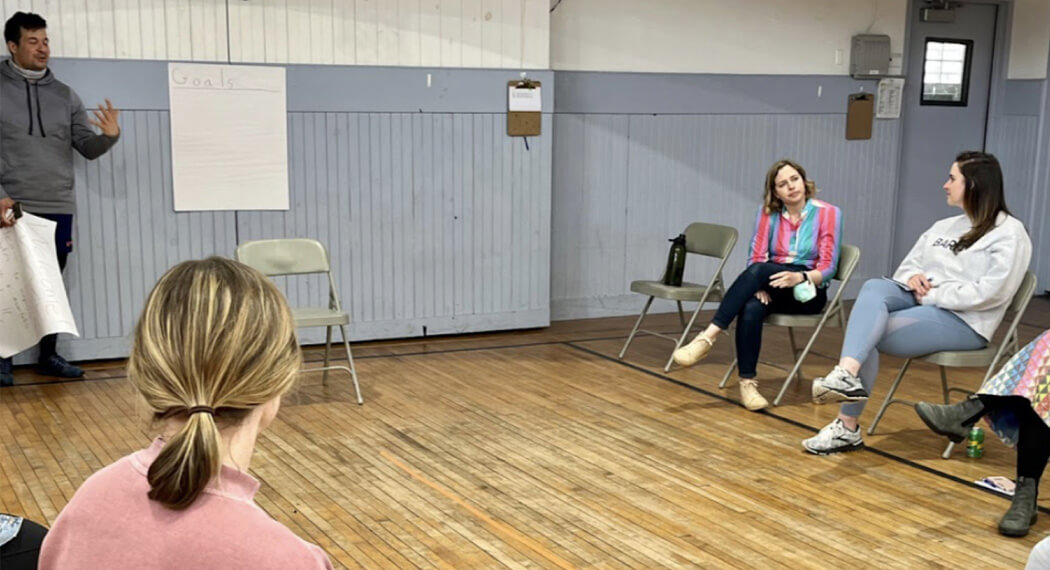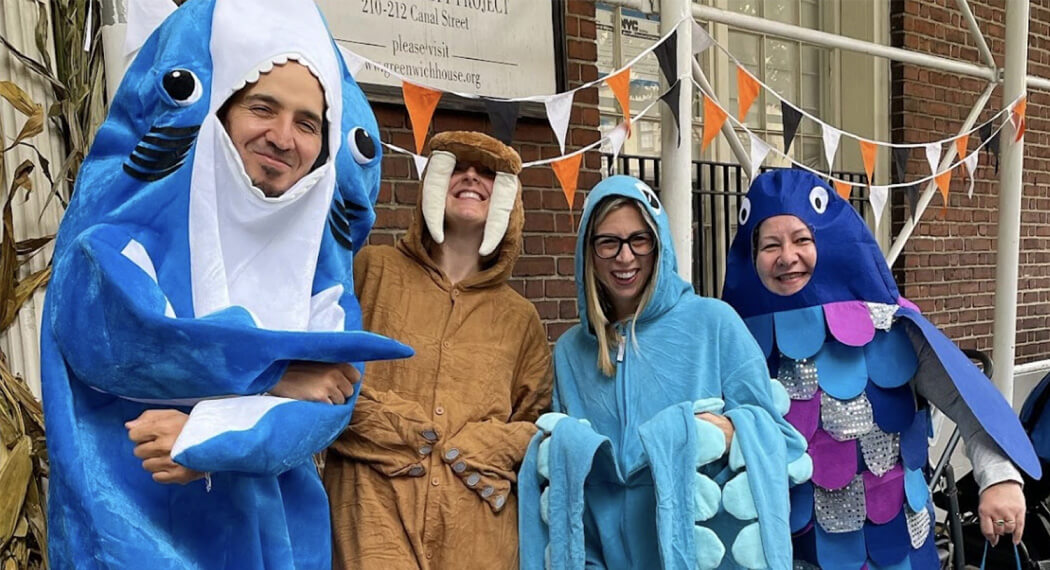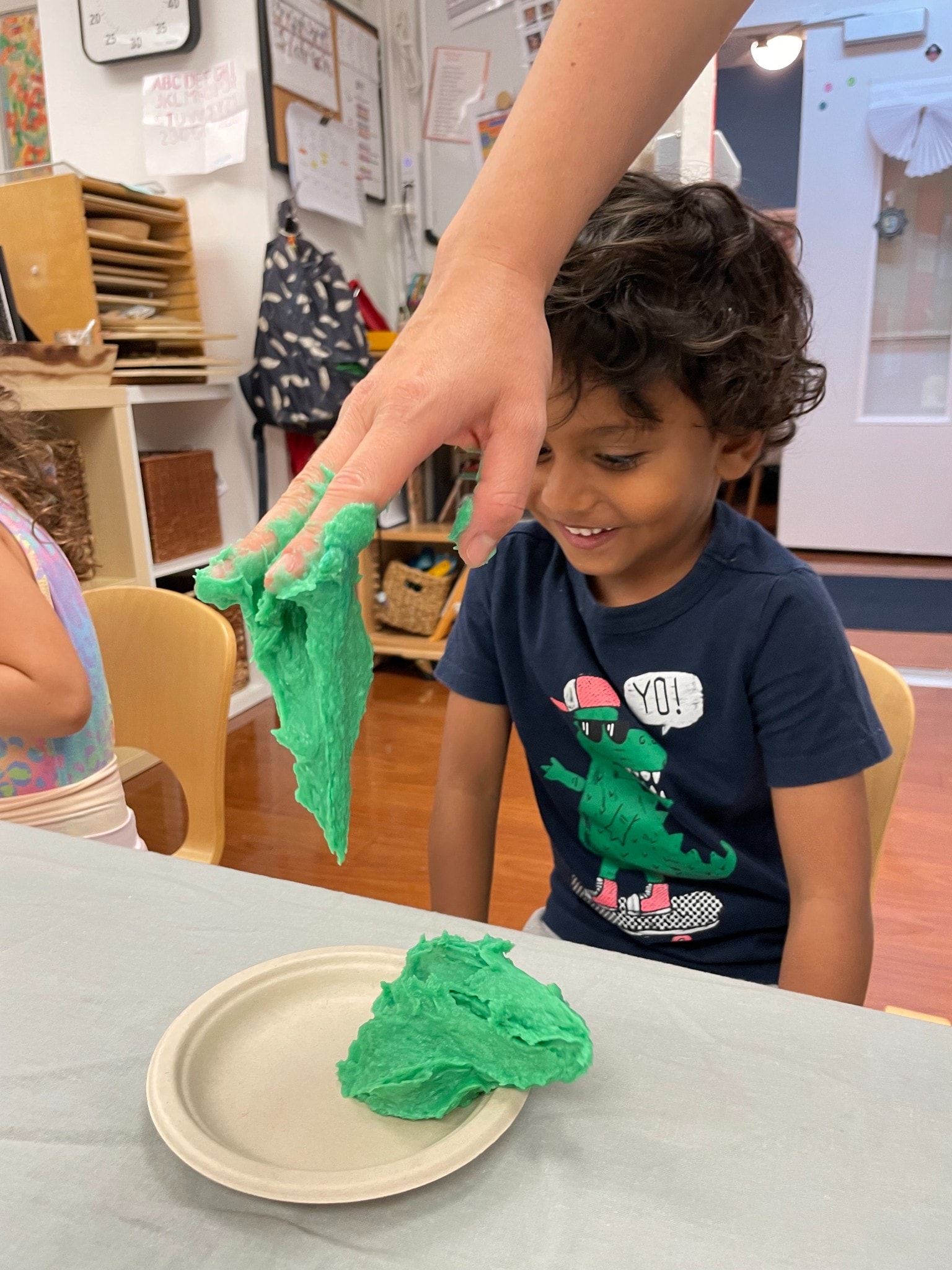“The art and science of asking questions is the source of all knowledge.” – Thomas Berger
Science is more than just asking questions – the what, where, how, and why involved in creating those questions is incredibly important. A key understanding of the Reggio Emilia approach to learning undertaken at Barrow is the idea that a child has a hundred languages. Loris Malaguzzi believed that children must not be put in a situation that “separates the head from the body” but instead utilizes the entire body and mind in the process of questioning and learning.
As I teach science at Barrow, I believe, as Loris did, that by using one hundred languages with hands, ways of thinking, playing, speaking, listening, loving, understanding, etc., children are innately scaffolded to think about the world through the lens of science. For children, science is daily life: exploring the world around them. As children’s science identity develops and grows, it is nurtured by the myriad ways of learning and understanding that are undertaken through play.
I am excited to start the 4/5s year of scientific discovery with that basic of all childhood manipulatives – playdough. The children were tasked with thinking about the question, “What is playdough?” They were given a ball of dough, a cutting tool, and a rolling tool. The goal of this first class was for them to start thinking and questioning their understanding of playdough and its place in their world.
Questions and thoughts that were made during our first day in science (Red Room, Blue Room, Orange Room):
1) What are the ingredients? (Solids: flour, cream of tartar, salt, Liquids: oil, hot water, color optional) How do they blend together? What if we left one out? Does it matter which order we mix them in?
2) What is it similar to? Does it remind us of another play manipulative? (slime, clay, baking things – rolling cookies and pies)
3) How does manipulating playdough make us feel? (Happy, calm, sad, scared, icky, with my friends, sharing)
4) What does play dough feel like? (smooth, sticky, soft, icky, gooey, wet, dry, pokey, crumbly, slimy)
5) Which tool is easier/more difficult to use? Do you like one tool more than the other? Let’s think about why. How do the tools work? What can they do?

